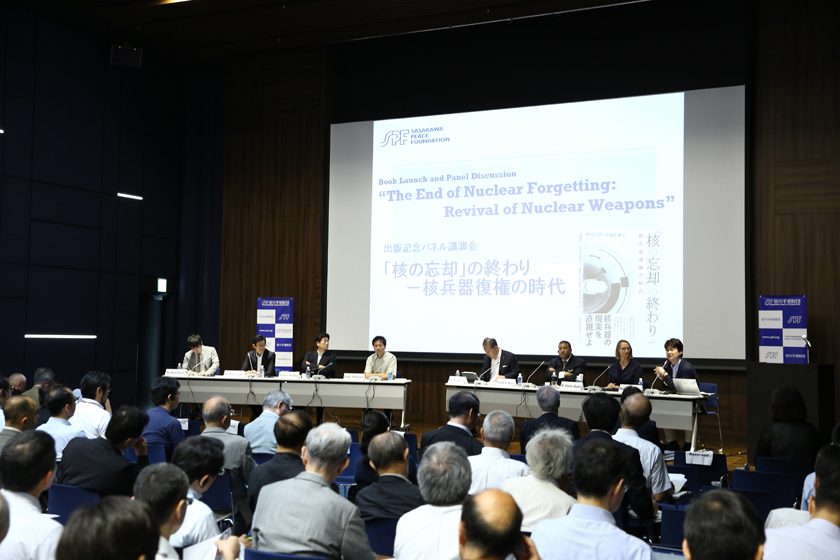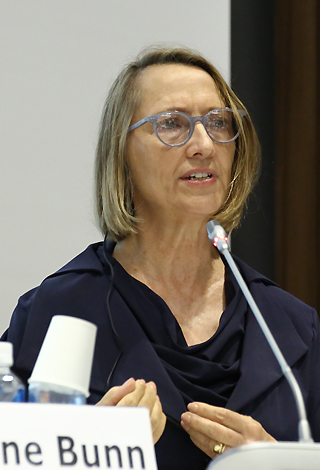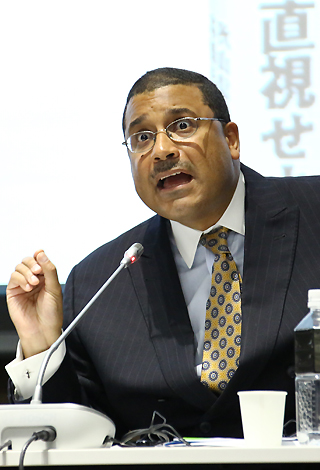Ten years ago during a speech in Prague, then President Barack Obama announced that the United States, the only country to have used an atomic bomb, would commit to concrete steps toward realizing a world without nuclear weapons. While some interpreted this proclamation as a sign of progress toward a new non-nuclear age, the reality has proven to be more complex. Recent years have seen a resurgence of the central role of nuclear weapons in the international security dynamic driven by a return to great power competition between nuclear states, particularly the U.S., China, and Russia, and increasing threats from actors such as North Korea. Further complicating the situation, rapid technological advances have thrust warfare into new domains, notably space and cyber, with significant implications for the future of nuclear policy.
To consider these shifts in the discussion about nuclear issues, the Japan–U.S. Program of the Sasakawa Peace Foundation (SPF) published a new book entitled The End of Nuclear Forgetting: Revival of Nuclear Weapons (Japanese only) edited by Nobumasa Akiyama, professor at the Graduate School of Law at Hitotsubashi University, and Sugio Takahashi from the National Institute for Defense Studies. The book features in-depth analysis by a panel of Japanese scholars and security specialists aiming to address the reality of nuclear weapons in modern international relations from a Japanese perspective.*
On the occasion of the book launch, the Japan–U.S. Program organized a seminar on July 19, 2019, assembling two expert panels. Given the central role of U.S. nuclear policy in the international dialogue regarding disarmament and deterrence, the second panel featured a conversation with two former U.S. government officials: Frank A. Rose, former Assistant Secretary of State for Arms Control, Verification, and Compliance; and M. Elaine Bunn, former Deputy Assistant Secretary of Defense for Nuclear and Missile Defense Policy. These distinguished experts provided a comprehensive view of the issues surrounding U.S. deterrence and disarmament strategy, opening a window into the analytic challenges facing policymakers in the 21st century.


